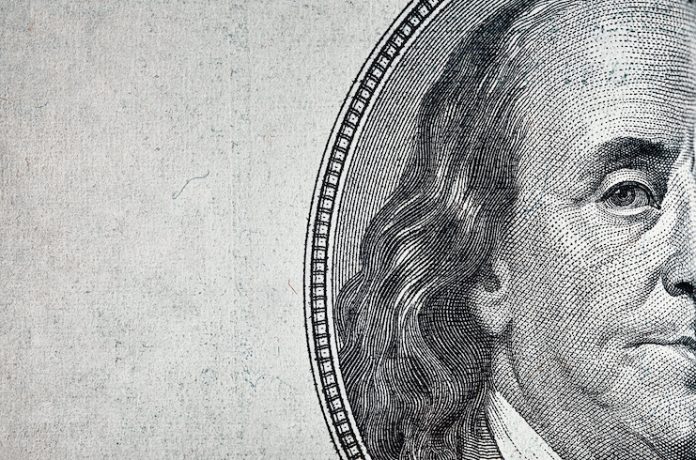ATLANTA—AAHOA, the nation’s largest hotel owners association, announced the state-by-state economic impact results of the study conducted this year in partnership with Oxford Economics, an international leader in global forecasting and quantitative analysis.
The initial report, unveiled at the 2021 AAHOA Convention & Trade Show in Dallas, Texas, revealed that the association’s nearly 20,000 hoteliers own 34,260 hotel properties, which account for 60 percent of the hotels in the United States. These properties have 3.1 million guestrooms and account for 2.2 million direct-impact jobs. The state-level reports highlight key data points such as the annual economic impact that AAHOA member-owned properties have in each state, labor and job impacts, guest spending, member purchases from other businesses, annual capital investments, and more.
“The state-level economic impact reports show just how significant the contributions of the hospitality industry and, specifically, AAHOA members are to their local economies. These reports are instrumental to our state and local advocacy efforts as we work with elected officials to speed up the economic recovery,” AAHOA President and CEO Ken Greene said. “Our members are one of the best resources for policymakers when it comes to understanding issues facing hoteliers, franchisees, and small business owners. We are here to help our lawmakers create good public policy that will make it less challenging for businesses along the road to recovery and help get people back into the workforce with good-paying jobs and career trajectories.”
The state-by-state reports and the economic impact study are now available through a new portal on the AAHOA website. “AAHOA Members own 60 percent of hotel properties in the country, but when you dial down into specific states, the numbers are even more impressive,” AAHOA Chair Vinay Patel said. “For example, AAHOA Members own nearly 90 percent of all hotel properties in Arkansas, Louisiana, Oklahoma, and Texas. That represents hundreds of thousands of direct-impact jobs and billions of dollars in wages, tax revenues, and GDP contributions. Being able to quantify that economic impact for lawmakers, brands, vendors, and journalists will open up all-new avenues for us to educate and engage.”











